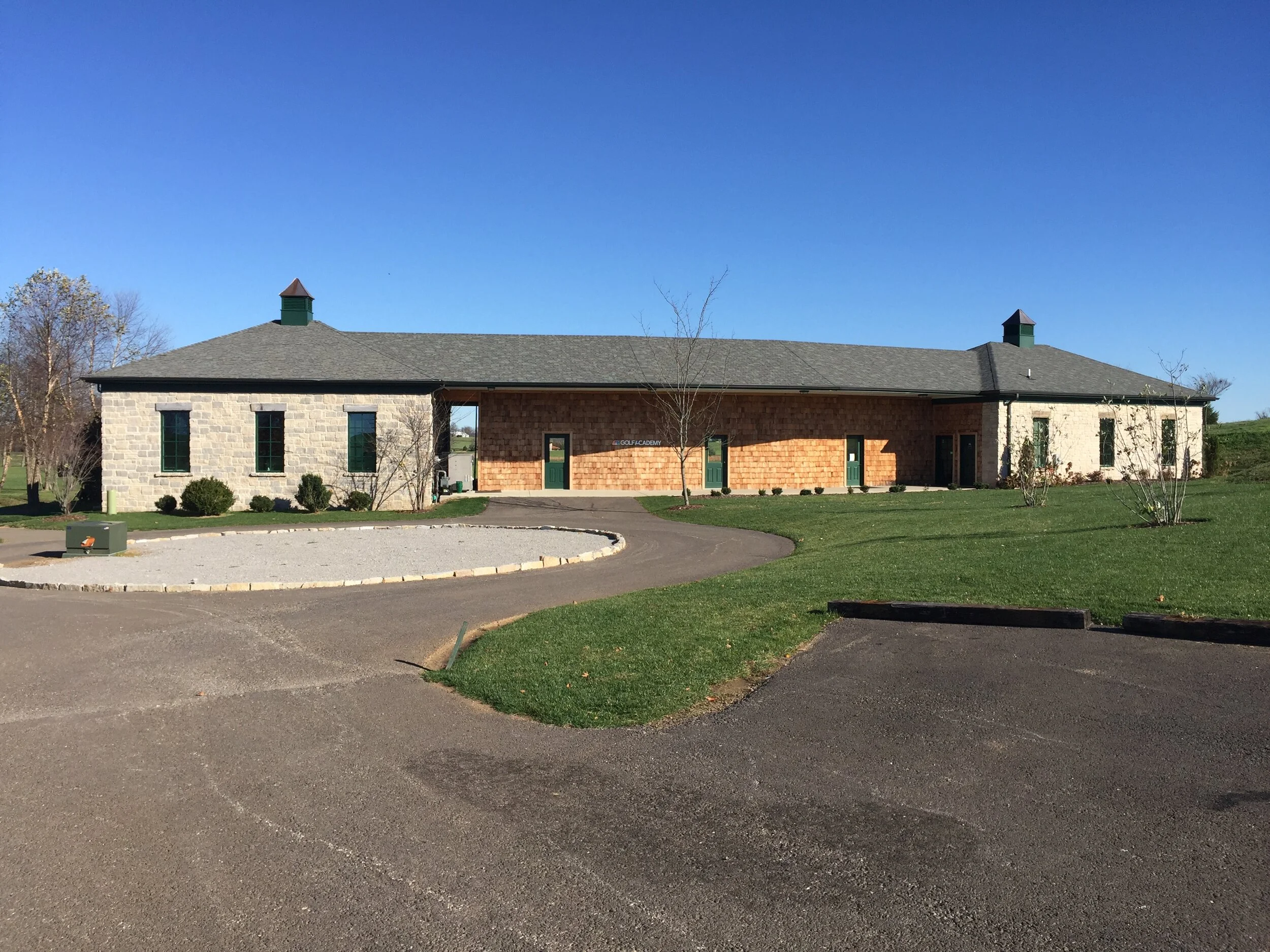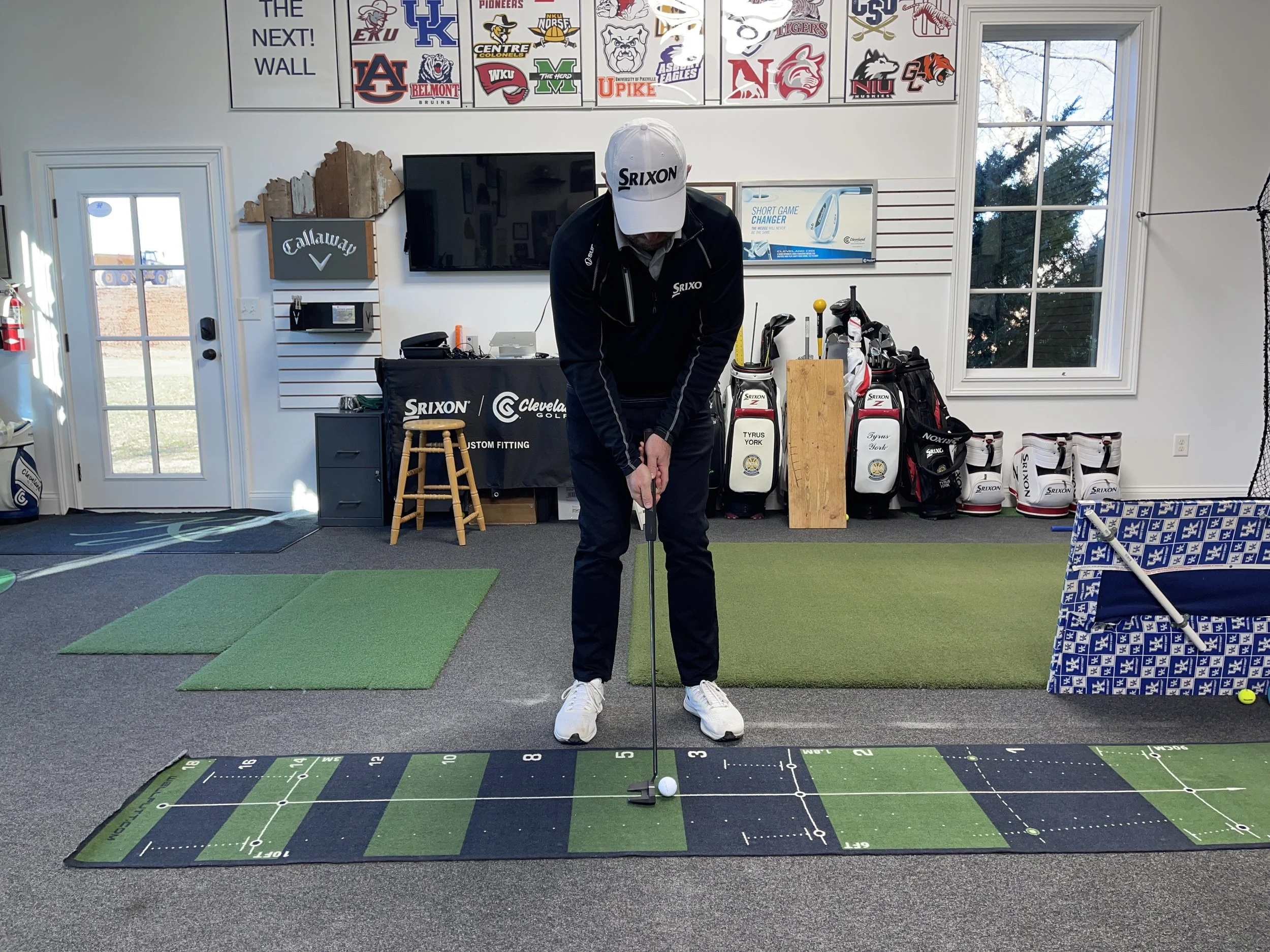January and February in Kentucky, along with all the other states equal to or further north, are two of the worst golf weather months of the year. So far in 2022 it has been no exception.
Typically, we can expect a handful of days that are generally nice enough to see some time to get on the course or at least practice outdoors. But so far this year has given few of those opportunities.
Despite the weather, this is the time to be working on any technical aspects of your swing. With the guidance of a qualified instructor, you can accomplish a lot by practicing indoors. So what can you do to keep your golf game tuned up during this time of year? Check out some of my suggestions below, and as always I’m here to help you improve your game at the High Performance Golf Academy!
Convert your garage or basement into your own practice space. Believe it or not, this can be done on a budget. You can also spare no expense with launch monitors and simulators. Whatever your budget may be, a mat, net, and a space large enough to swing a golf club is all you need to make your own indoor practice area.
Spend the time. A phrase I love repeating to my players is practice doesn’t make perfect, it makes permanent! I’m a big believer in quality over quantity, especially when practicing during cold months. 10-15 minutes of practice per day can be all you need to improve this time of year. Assuming of course that the 10-15 minutes you are spending is quality practice.
Speaking of quality practice… here are a few tips to make sure your practice is quality and not a waste of time.
Accuracy in your motions. There are no shortage of tips online that can help you self diagnose your swing. But there is no substitute for getting in front of a qualified instructor and undergoing an evaluation (you can book one with me here). Make sure that you are spending the time to work on the things that will make you better. A qualified instructor is the most efficient way to do this.
Feedback. All quality practice requires feedback. Below are a few ideas to get the best feedback when you practice:
Mirror work. Connecting what you feel with what it looks like is very important when trying to make any change or adjustment to your golf swing. Find a room at home (or make one) that has enough space for you to make slow motion swings in front of a mirror.
One of the easiest and most effective forms of feedback during indoor practice is knowing the quality of your contact. If you are lucky enough to have a space to hit golf balls indoors, make sure you know where the ball is hitting the club face. Dr. Scholls foot spray powder is excellent for this.
Recording your swing on video is another great way to see if you are achieving the changes you want to make. However, be warned that when using video you will want to pay attention to and use a consistent camera angle. Talk to your instructor on exactly how to do this.
More on spending the time: Limit your time to make sure you remain focused. Let’s be honest, practicing indoors during cold weather months can get boring. Mindlessly going through the motions accomplishes very little. When you begin to notice your attention span drifting off, take a break. If you can go 5 to 10 minutes at a time before you lose your focus you’re doing really good.
Are you ready to get the most from your golf game? Click here to access my online lesson book and let’s get started!
















